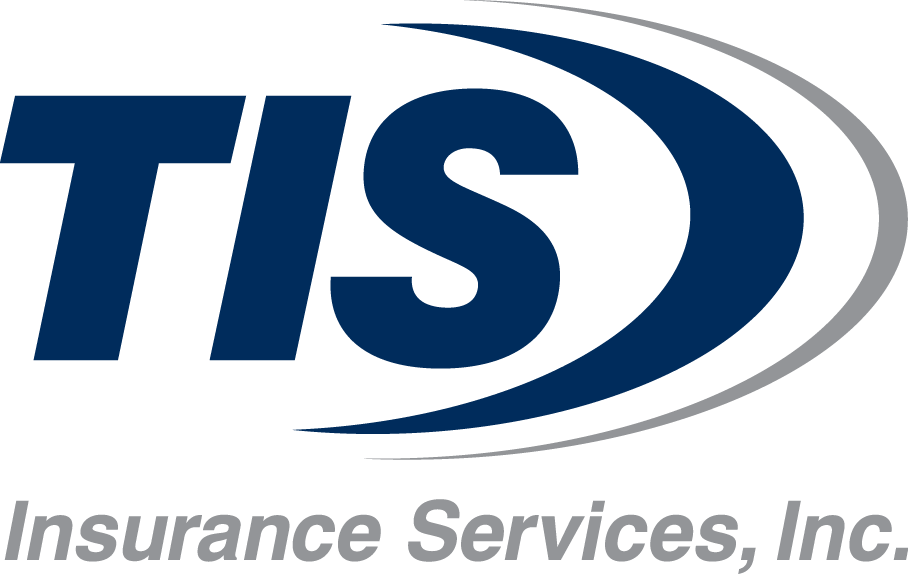Employers are increasingly recognizing the importance of offering flexible and comprehensive health benefits to attract and retain top talent. Providing multiple health plan options caters to employees’ diverse needs and enhances overall satisfaction and loyalty. However, offering a variety of health plans also comes with challenges, particularly regarding cost management. Balancing the desire to provide choices with the need to maintain financial viability requires a strategic approach.
Benefits of Offering Multiple Health Plans
The workforce is becoming more diverse, with employees varying in age, lifestyle, health needs, and family situations. As a result, a one-size-fits-all approach to health benefits is no longer the ideal scenario from both the employee and employer perspectives.
Offering multiple health plans can have several advantages:
Meeting Diverse Needs
Different employees have different healthcare priorities. For instance, younger employees may prioritize lower premiums, those with families may seek comprehensive coverage, and older employees might care more about prescription benefits.
Enhancing Employee Satisfaction
Employees appreciate having choices that align with their personal needs and preferences, leading to higher satisfaction and retention.
Attracting Top Talent
Prospective employees often evaluate health benefits when considering job offers. A variety of options can make your company more appealing to potential hires.

Considerations for Designing a Cost-Effective Plan
While the benefits of offering multiple health plans are pretty cut and dry, businesses must also consider the cost implications and other challenges of taking on this approach. Effective cost management is crucial to ensure that offering a diverse range of health plans remains financially viable. Here are some strategies to balance cost management with employee choice:
Tiered Pricing Structures
Implement a tiered pricing model where employees can select a plan that satisfies their cost/benefit needs. This allows flexibility in choosing a plan that fits their budget while sharing the cost burden. For example, a basic plan with essential coverage might be offered at a lower premium, while a premium plan with more extensive and robust coverage comes at a higher cost.
High-Deductible Health Plans (HDHPs)
Encourage the adoption of HDHPs paired with Health Savings Accounts (HSAs). HDHPs have lower premiums and encourage employees to be more cost-conscious about healthcare spending. HSAs provide tax advantages and empower employees to manage their healthcare expenses more effectively. The reduction in expense can positively impact your renewal rates year-over-year.
Employee Education and Engagement
Educate employees about the various plans, their benefits, and how to choose the right one for their needs. This can lead to more informed choices, potentially reducing costs for both the employer and employee. Workshops, webinars, and detailed plan comparisons can help employees make informed decisions.
Wellness Programs
Implement wellness programs that incentivize healthy behaviors. These programs can reduce overall healthcare costs and increase employee engagement. Programs encouraging fitness, mental well-being, and preventive care can lead to healthier employees and lower healthcare expenses in the long run.
Data-Driven Decision Making
Use data analytics to understand employee healthcare utilization patterns. This can help tailor plan offerings and identify areas for cost savings. Employers can identify high-cost areas and implement targeted interventions by analyzing claims data and utilization trends.
Monitor Trends
Keep an eye on industry trends to identify emerging healthcare needs and adjust plan offerings accordingly. Staying informed about new treatments, technologies, and healthcare models can help employers make proactive decisions that benefit employees and the company.
Challenges of Offering Multiple Health Plans
Increased Administrative Complexity
Managing multiple health plans can be administratively burdensome. Enrolling employees, managing claims, and ensuring compliance with various regulations requires significant effort. This complexity can strain HR resources and lead to potential errors.
Higher Costs
Offering a variety of plans can increase costs due to higher administrative expenses, premiums, and subsidies for more expensive options. Balancing these costs with a competitive benefits package is a delicate task. However, implementing some of the cost-effective plan design options outlined above can counteract some of this impact.
Risk of Adverse Selection
Multiple health plan options can lead to adverse selection, where those with higher needs choose more comprehensive plans. This can drive up overall costs for the employer, as the pool of insured individuals in the more expensive plans may have higher-than-expected claims.
Striking the Right Balance: Choosing the Right Mix of Plans
The success of offering multiple health plans hinges on selecting the right combination of options:
Understand Your Workforce
Analyze employee demographics and healthcare needs, including age, family size, and health history, to select relevant plan types.
Plan Design and Cost Sharing
Offer plans with varying deductibles, co-pays, and out-of-pocket maximums to meet diverse needs and ensure cost-effectiveness.
Communication and Education
Clearly explain each plan’s benefits, costs, and enrollment procedures and provide resources to help employees make informed choices.
A Strategic Approach to Multiple Health Plans
Partnering with TIS Insurance Services for your employee benefits can be highly beneficial. TIS provides comprehensive consulting to help employers create cost-effective, customized multi-plan strategies. Our experienced employee benefits team is happy to assist with plan options, along with other benefits strategies.
With a well-defined plan and the right partners, employers can navigate the complexities of multiple health plans and create a sustainable benefits program that fosters employee satisfaction and drives business success.






